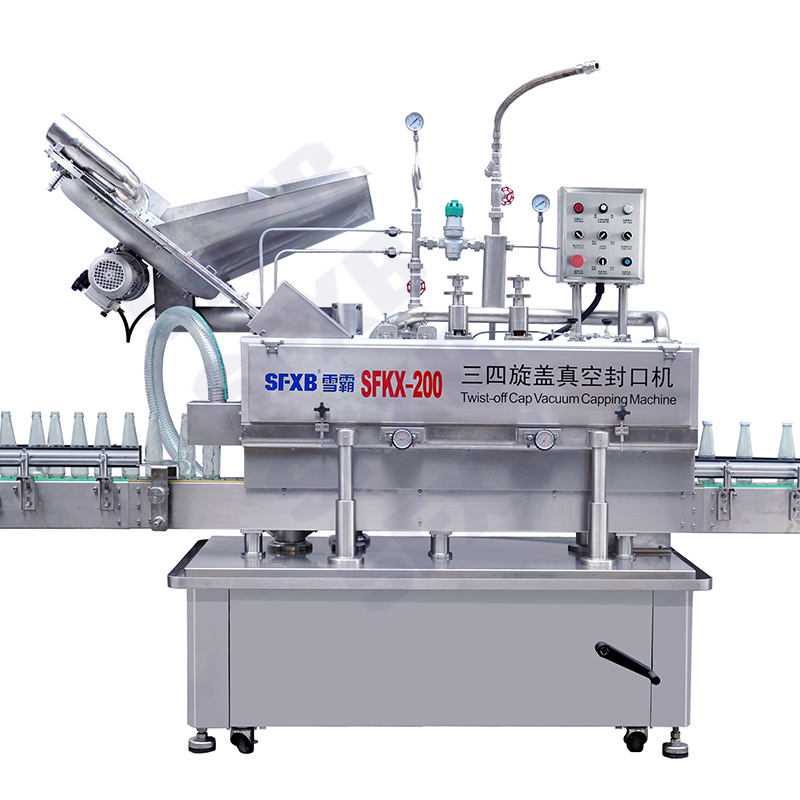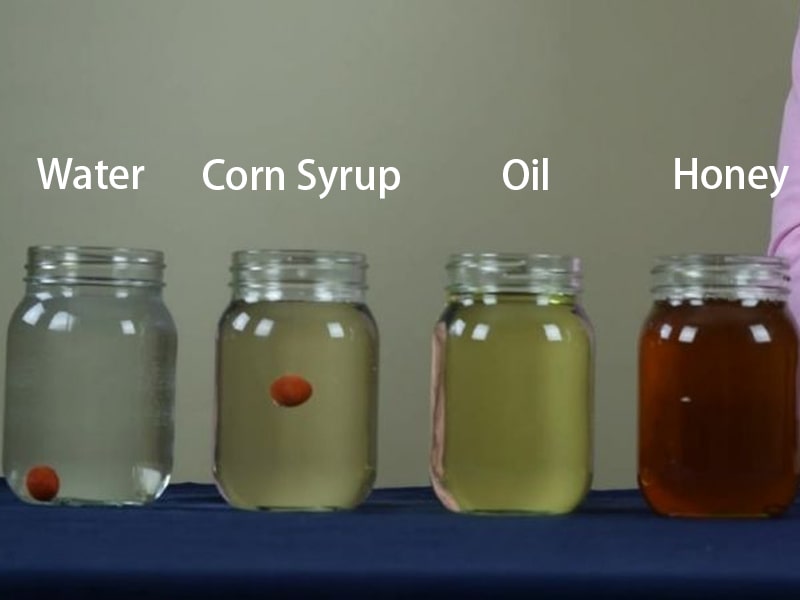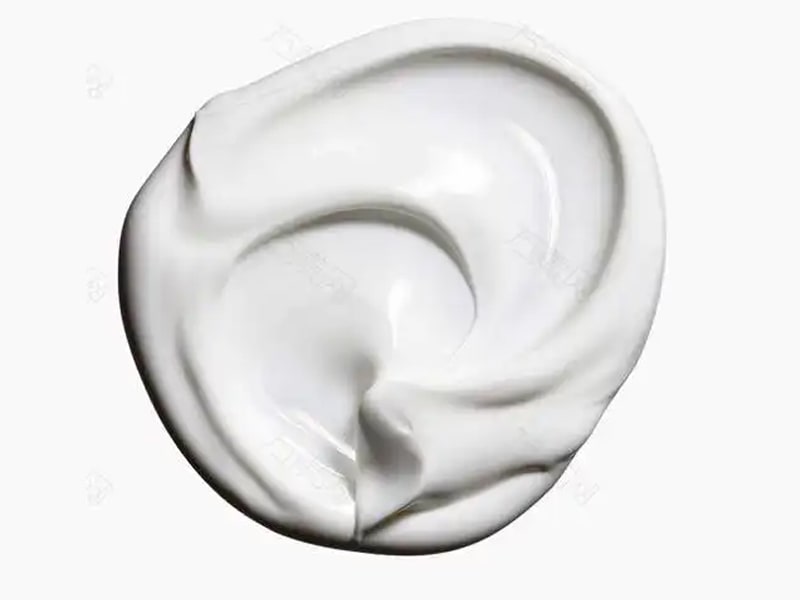What is Vacuum Capping?
Vacuum capping is a specialized sealing process used in bottling and packaging systems to create an internal vacuum inside a filled container at the moment of closure. In simple terms, a vacuum capping machine removes the air from the bottle’s headspace and then immediately seals it with a cap or lid, resulting in an airtight, hermetically sealed package. This is commonly done with glass jars or bottles and metal or plastisol-lined caps. The reduction of oxygen inside the container inhibits spoilage and oxidation, helping preserve product quality. In practice, vacuum capping is often integrated into a fully automated bottle capping system: after the product (such as sauce, jam or beverage) is filled, the bottle passes through a vacuum capping station before moving on. The process may use steam or an internal vacuum pump to evacuate air, ensuring that when the cap is applied, the contents remain fresh longer. In effect, vacuum capping combines principles of vacuum sealing machines (air removal) with automated capping technology, making it crucial for any bottling line integration aiming for maximum shelf life and product integrity.
How Vacuum Capping Works
Vacuum capping machines use a multi-step sequence to expel air and apply the closure securely. First, the filled bottle is positioned under the capping head. In many systems (such as SFXB’s XBKX-200), a high-speed jet of steam is injected into the bottle’s neck or directly under the cap before the cap is placed. This steam displaces the normal air in the top of the bottle. Next, the capping heads (or chuck units) apply the cap – often by tightly screwing or pressing it onto the bottle with controlled torque or by rotating belts. Once the cap is on, a cooling step occurs: for example, cold water is sprayed on the sealed cap, causing the injected steam to condense and create a vacuum inside. As the interior temperature drops, the pressure falls (hot expansion, cold contraction), firmly pulling the cap down and forming an airtight seal. This instant vacuum can often be seen as a slightly concave center on metal caps (the familiar “button” depressed inward) – evidence of successful vacuum sealing.
Vacuum capping equipment integrates steam or vacuum injection, cap feeding, and tightening heads on one machine. For example, SFXB’s XBKX-200 Three-Four-Rotation Vacuum Sealing and Capping Machine combines automatic cap feeding, steam jet vacuum, and mechanical sealing on multiple rotary stations. It features stainless steel construction and frequency-controlled speed (up to 150 bottles/min) for condiments and sauces. Similarly, a dual-head model like XBZK-2 would use two synchronized capping stations to double throughput on fast lines. Throughout the sequence, sensors and controls ensure “no bottle, no cap” safety, proper torque, and consistent vacuum levels. In summary, vacuum capping works by replacing air with steam (or vacuum), sealing the cap immediately, then condensing to lock in a vacuum – all in a continuous automated cycle.
 |
XBKX-200 Three-four-rotation vacuum sealing and capping machine
● It is suitable for vacuum sealing screw caps of various glass bottled condiments, pickles, fermented bean curd, jams and other products. |
Importance and Benefits of Vacuum Capping
Vacuum capping offers multiple key advantages that improve product quality and line performance. Chief among them, it extends shelf life and freshness by eliminating oxygen inside the container. With no air to fuel microbial growth or oxidation, the food or beverage stays higher quality longer. In practical terms, vacuum capping “preserves the quality and freshness” of products and “significantly increases shelf life”. Other important benefits include:
● Preventing spoilage and contamination: By creating an air-tight vacuum seal, vacuum capping prevents mold, bacteria or fungi from developing in the product. This also means fewer chemical preservatives are needed, enhancing the natural taste and nutrition of the product. In a vacuum-sealed container “there’s no oxygen…the container has a vacuum, which helps prevent unwanted growth”.
● Ensuring product safety and consistency: A hermetic seal makes leakage or product loss much less likely during transport. Uniform vacuum capping reduces cap torque variance and ensures every bottle is sealed tightly. This consistency is critical for consumer safety and brand reputation.
● Tamper-evident packaging: Vacuum-sealed caps often have a “button” or indicator that pops out when the bottle is opened. A noticeably inverted cap (from vacuum) clearly shows the product was sealed. This gives manufacturers and consumers confidence that the product has not been tampered with.
● Preserved taste and appearance: Removing air keeps volatile flavors and aromas locked in. Vacuum packaging “helps preserve the taste of the food” and even keeps fragile foods (e.g. chips, nuts) crisp by blocking moisture. Visually, vacuum-capped bottles often look cleaner and more professional, since they hold shape without swelling or leaks.
● Enhanced line efficiency and automation: Modern automatic vacuum capping machines integrate seamlessly with bottling lines, eliminating manual capping steps and reducing labor costs. Many units (like the SFXB models) come with features such as cap sorting, automatic adjustment and cleaning, which streamline operations. This means faster throughput (often tens of thousands of bottles per hour) with fewer errors.
Overall, vacuum capping creates a stronger, more reliable seal compared to conventional capping alone. Studies and industry reports emphasize that “vacuum caps are actually one of the most used in the industry because they allow the content in the bottle to last a lot longer than usual”. By integrating vacuum capping, manufacturers can deliver fresher products and reduce waste.
 |
|
| XBZK-2 Automatic following two-heads type vacuum capping machine
Feature: Scope Of Application: |
|
Industry Applications and Practical Use Cases
Vacuum capping is employed across many sectors where airtight sealing is essential. Food and beverage producers are the most common users: think of bottling lines for pasta sauces, salsas, pickles, relishes, jams and other condiments. For example, glass jars of tomato sauce are often capped under vacuum immediately after hot fill, so that as the sauce cools it forms a vacuum inside, keeping it safe and extending shelf life. Similarly, chili sauce, mustard, or fruit preserves processing lines use steam-vacuum cappers to achieve that perfect seal. These machines are designed for bottle diameter and cap size versatility to accommodate various product shapes (round jars, square bottles, etc.).
Other applications include:
● Beverage production: Non-carbonated drinks (juices, teas, flavored waters) can benefit from vacuum capping to keep oxygen away. Some breweries even use vacuum cappers for specialty beers or wine bottles to prevent oxidation.
● Pharmaceuticals and nutraceuticals: Liquid medicines, syrups and supplements in glass bottles often require vacuum seals for sterility. A vacuum capping system ensures that medicinal products remain uncontaminated and effective until use.
● Cosmetics and toiletries: Jars of creams, lotions, shampoos or ointments use vacuum capping to prevent microbial growth and evaporation of volatile ingredients. An airtight seal also means the product stays fragrant and consistent longer.
● Industrial chemicals: Products like adhesives, oils and paints are sometimes packaged in bottles that are vacuum-capped to keep them stable. Preventing air ingress can avert chemical degradation and improve safety in transport.

End words
Vacuum-capped products range from glass honey jars and jam pots to wine and specialty beverages. In all these cases, vacuum capping is the final station in a fully automated line. For instance, a bottling line might feed empty bottles to rinsers and fillers, then route them directly to a vacuum capping machine like SFXB’s XBKX-200 or XBZK-2. These machines “can be used for … edible oils and fruit drinks” and match high-speed fillers. By integrating a vacuum capping station, plants ensure that every jar or bottle leaves the line with an optimal seal, ready for labeling and distribution. This bottling line integration is especially crucial in high-output facilities (thousands of bottles per hour), where even minor sealing failures would be costly. In practice, processors combining vacuum capping machines with pasteurizers or hot-fill units create a continuous sterile process – maximizing product longevity and brand trust.
Frequently Asked Questions (FAQs) About Vacuum Capping
1. What is vacuum capping, and how does it differ from standard capping?
Vacuum capping is a specialized sealing process that removes air from a container’s headspace before sealing, creating a vacuum inside. This technique extends product shelf life and preserves freshness by minimizing oxygen exposure. Unlike standard capping, which simply places a cap on the container, vacuum capping ensures an airtight seal by eliminating internal air.
2. How does a vacuum capping machine operate?
A vacuum capping machine typically follows these steps:
● Positioning: The filled container is placed under the capping head.
● Air Removal: Air is evacuated from the container’s headspace, either by steam injection or vacuum pump.
● Capping: The cap is applied and sealed tightly.
● Cooling: As the container cools, the steam condenses, creating a vacuum seal.
This process ensures an airtight seal, preserving product quality and extending shelf life.
3. What are the primary benefits of integrating vacuum capping into a bottling line?
Integrating vacuum capping offers several advantages:
● Extended Shelf Life: Reduces oxidation and microbial growth.
● Product Integrity: Maintains flavor, aroma, and nutritional value.
● Leak Prevention: Ensures a tight, secure seal.
● Tamper Evidence: Vacuum-sealed caps often feature indicators showing if the seal has been broken.
● Enhanced Efficiency: Automated vacuum capping machines increase production speed and consistency.
4. Which industries commonly use vacuum capping machines?
Vacuum capping machines are prevalent in industries requiring airtight sealing, including:
● Food and Beverage: Sauces, jams, pickles, and beverages.
● Pharmaceuticals: Syrups and liquid medications.
● Cosmetics: Creams and lotions.
● Chemical Products: Adhesives and solvents.
5. Are vacuum capping machines compatible with all container types?
Vacuum capping is most effective with rigid containers, such as glass jars and bottles, which can withstand the vacuum pressure without deforming. While some plastic containers can be used, they must be designed to resist collapsing under vacuum conditions.
6. What maintenance is required for vacuum capping machines?
Regular maintenance ensures optimal performance:
● Daily: Clean machine surfaces and inspect for wear.
● Weekly: Lubricate moving parts and check for loose components.
● Monthly: Inspect seals and gaskets; replace if necessary.
● Annually: Conduct a comprehensive inspection and replace worn parts.
Adhering to a maintenance schedule minimizes downtime and extends equipment lifespan.
7. How do I choose the right vacuum capping machine for my production line?
Consider the following factors:
● Production Volume: Match machine speed to output requirements.
● Container and Cap Sizes: Ensure compatibility with your products.
● Automation Level: Decide between semi-automatic or fully automatic systems.
● Integration: Ensure the machine can seamlessly integrate into your existing line.
Consulting with equipment suppliers can help identify the best solution for your needs.
8. Can vacuum capping machines handle different cap types and sizes?
Yes, many vacuum capping machines are designed with adjustable components to accommodate various cap types and sizes. However, it’s essential to verify that the machine’s specifications align with your specific cap requirements.
9. What are common issues with vacuum capping machines, and how can they be addressed?
Common issues include:
● Cap Misalignment: Ensure proper cap feeding and alignment mechanisms.
● Inconsistent Sealing: Regularly calibrate torque settings and inspect sealing components.
● Vacuum Leaks: Check for worn gaskets or seals and replace as needed.
● Machine Downtime: Implement preventive maintenance schedules to minimize unexpected breakdowns.
Addressing these issues promptly maintains production efficiency and product quality.
10. How does vacuum capping contribute to sustainability?
Vacuum capping extends product shelf life, reducing food waste. Additionally, by ensuring airtight seals, it minimizes the need for preservatives, leading to cleaner labels and potentially reducing environmental impact.
| References: | |
| 1. | How Does Vacuum Capping Work? –Retrieved from: PackagingDigest |
| 2. | Advanced Vapor Vacuum Capping Technology –Retrieved from: Packaging World |
| 3. | Vacuum Sealing and Capping in Food Packaging——R. L. McKinley, J. C. Thomas –Retrieved from:Springer Nature |
| 4. | Development of Vacuum Capping Technology for Bottling Systems——M. A. P. Shaw, L. Wang –Retrieved from:Wiley Online Library |
| 5. | Steam Vacuum Sealing Technology in the Food Industry –Retrieved from:ScienceDirect |






Comments